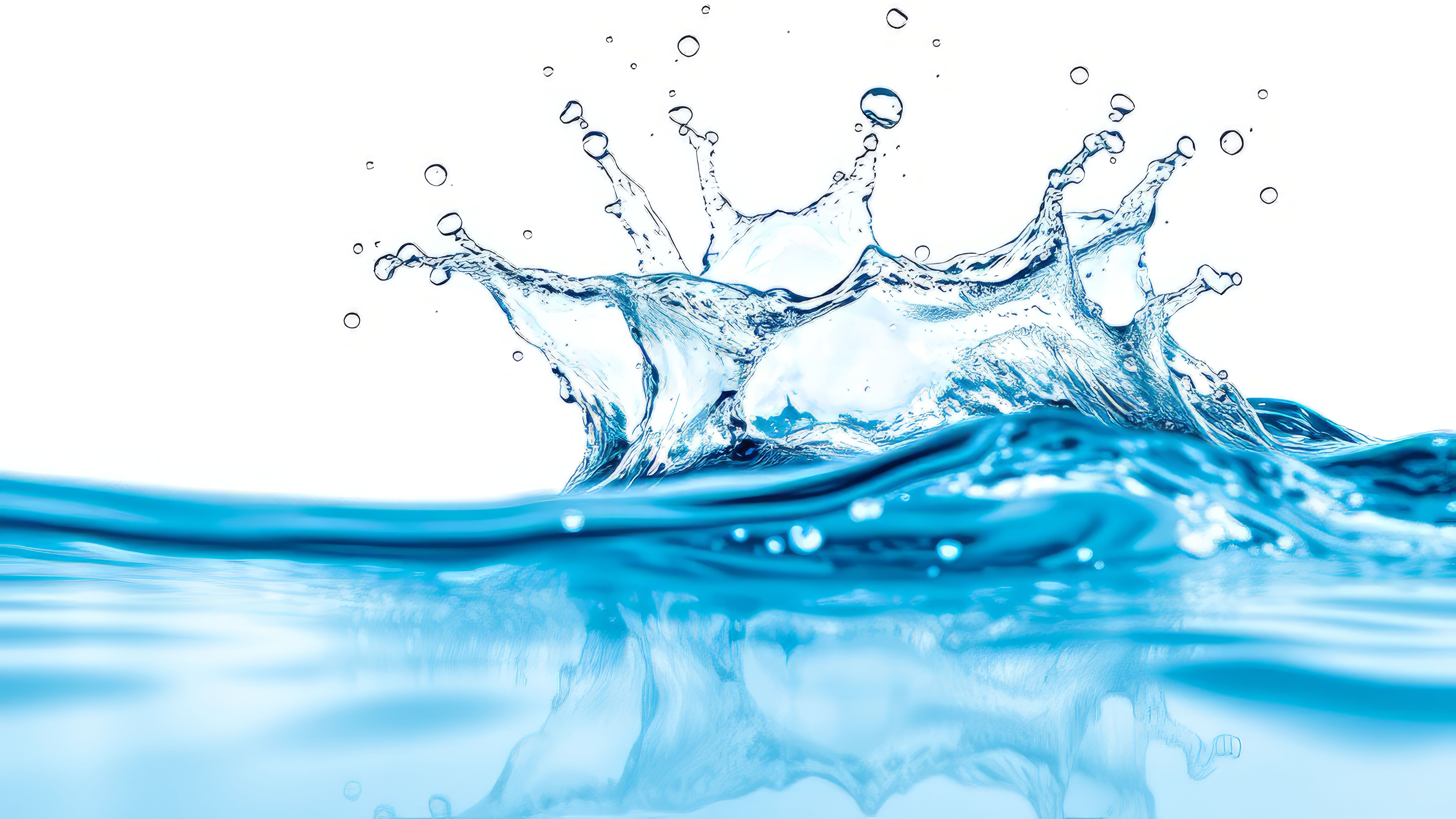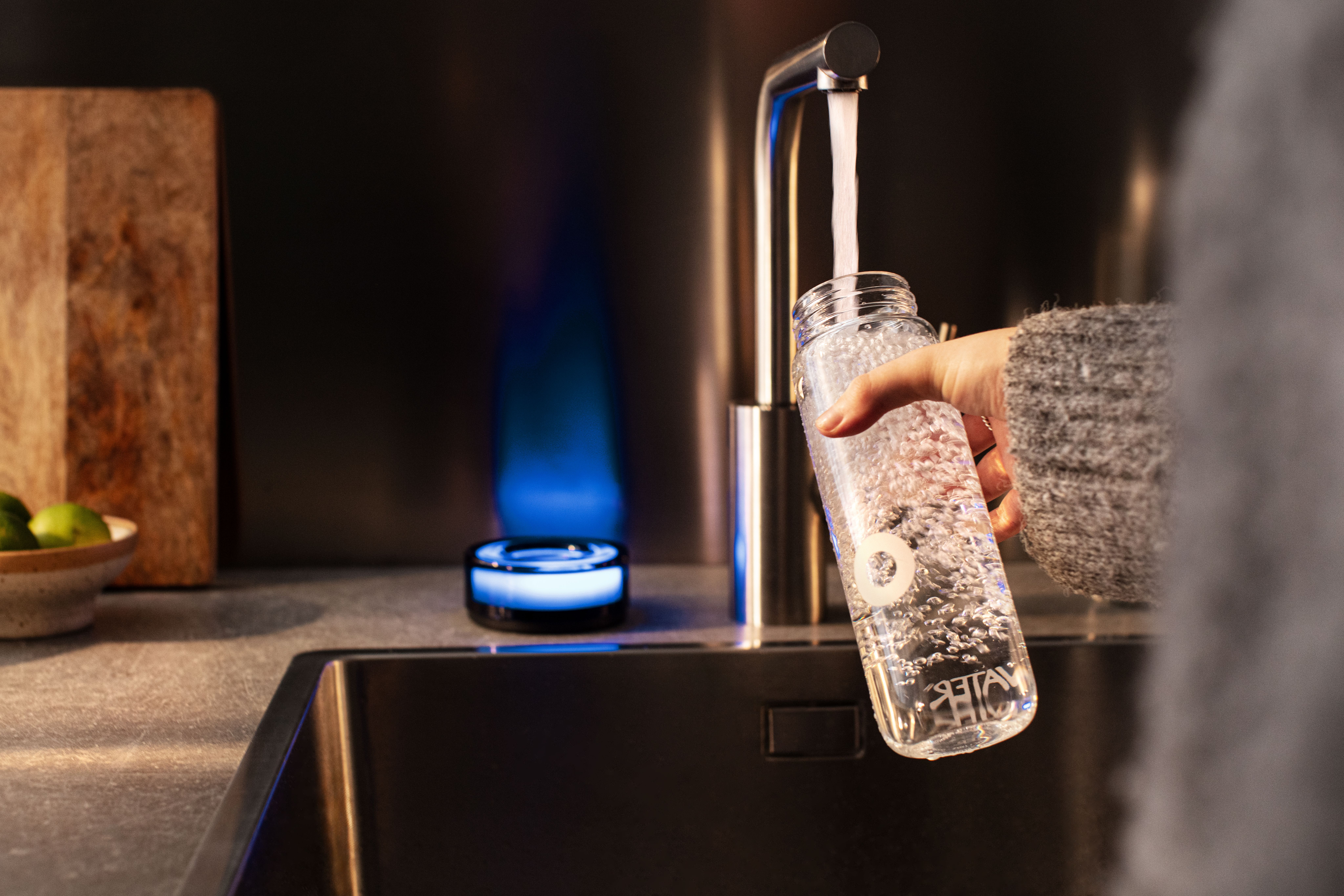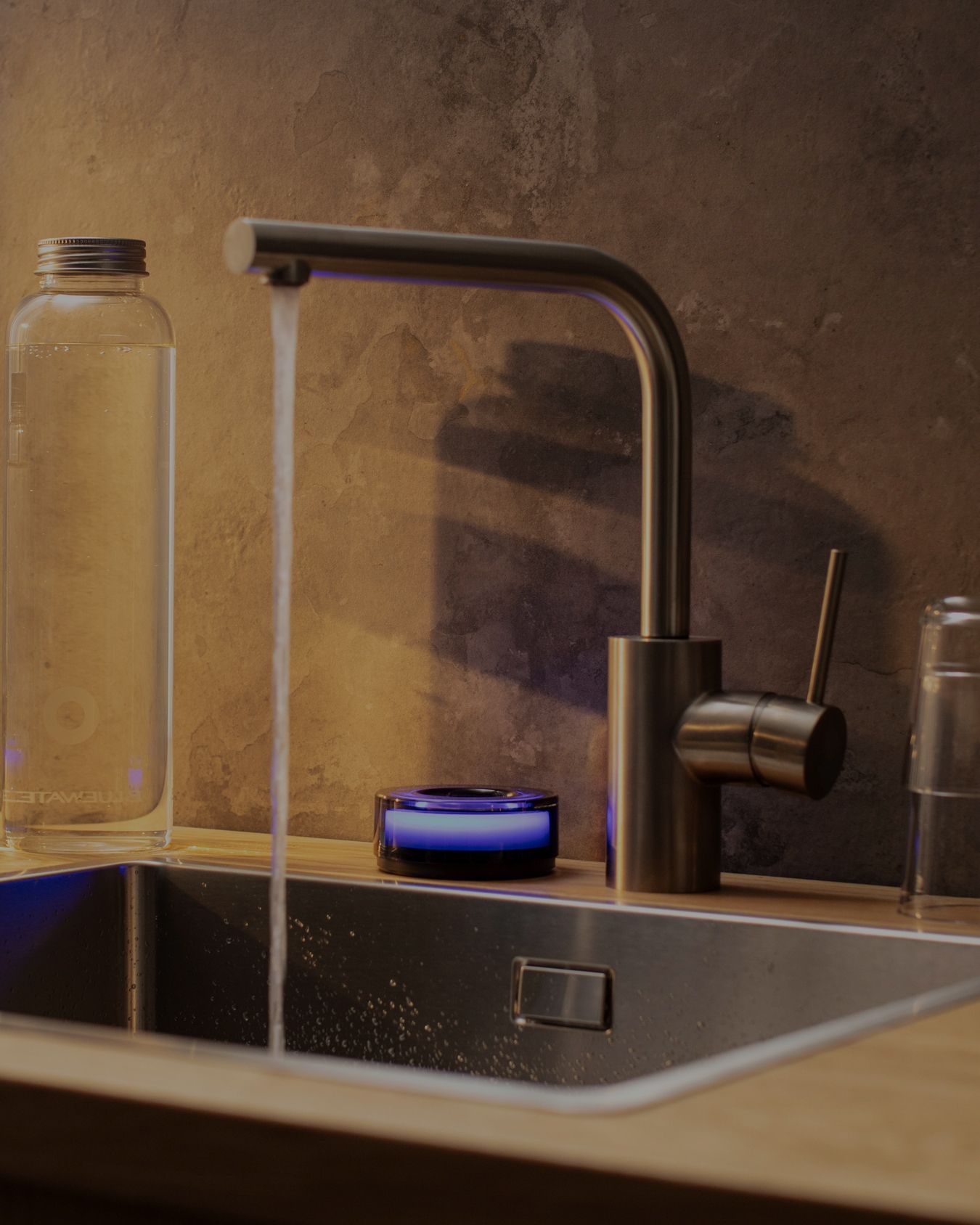What is Mineralization?
Last updated: October 2025

Introduction: Why Mineralization Matters
Mineralization is the process by which minerals are added or deposited in natural systems — from bone formation in the body to water purification processes.
In water treatment, mineralization ensures that purified water contains essential minerals such as calcium and magnesium for taste, hydration, and overall health.
As modern systems like reverse osmosis water filters remove both contaminants and minerals, remineralization restores balance — delivering safe, mineral-rich, and great-tasting drinking water.
(World Health Organization – Nutrients in Drinking Water)
The Importance of Mineralization in Water Treatment
When water undergoes reverse osmosis purification, it becomes demineralized — stripped of impurities but also of beneficial minerals. While this ensures purity, it can leave water tasting flat and less hydrating.
Through mineralization, essential elements like calcium, magnesium, and potassium are added back.
This process:
- Improves taste and mouthfeel
- Helps maintain the body’s pH balance
- Enhances overall hydration and mineral intake
Adding minerals back also ensures that the water you drink supports bone strength, cardiovascular health, and metabolic balance.
(EPA – Overview of Drinking Water Treatment Technologies)

Benefits of Mineralized Water
1. Improved Taste and Texture
Mineralized water has a cleaner, fresher taste compared to demineralized or distilled water. The presence of natural minerals gives water a balanced pH and smoother mouthfeel — ideal for both drinking and cooking.
2. Health and Hydration
Minerals such as calcium, magnesium, and potassium support muscle function, hydration, and cardiovascular health.
Alkaline water (mineralized water with a higher pH) may help neutralize acidity in the body, promoting optimal hydration.
3. Environmental and Sustainability Benefits
Modern mineralization systems reduce dependence on bottled water, which often contains microplastics.
By using home water filtration systems like the Bluewater's Kitchen Station 1™, you minimize waste and ensure your water is both safe and sustainable.
(EPA – Reducing PFAS in Drinking Water with Treatment Technologies)

Mineralization and Environmental Health
Environmental health experts emphasize the role of mineralization in maintaining safe, balanced water systems.
In regions where water sources are contaminated with PFAS, chlorine, or microplastics, mineralization — combined with advanced reverse osmosis filtration — ensures both purity and beneficial mineral levels.
This combination helps reduce exposure to toxic substances while enhancing water quality for long-term public health.
(European Food Safety Authority – PFAS & Microplastics Report)

How Mineralization and Filtration Work Together
Modern reverse osmosis systems remove nearly all contaminants, including tap water bacteria, microplastics, and heavy metals.
However, they also remove natural minerals. Remineralization filters solve this by adding essential minerals back into purified water, improving taste and balance.
Key steps in the process:
- Filtration: Reverse osmosis membranes remove contaminants and microplastics.
- Remineralization: A mineral filter adds essential minerals like calcium and magnesium.
- Balancing: The final water achieves optimal pH and alkalinity for health and taste.
This is how Bluewater’s SuperiorOsmosis™ technology ensures you enjoy pure, mineralized, and balanced drinking water every day.
(EPA – Point-of-Use Reverse Osmosis Systems)
Achieving Optimal Mineralization at Home
For the best results, use a home water filtration system that includes both reverse osmosis and mineralization stages.
The Bluewater's Kitchen Station 1™ offers:
- Reverse Osmosis Filtration: Removes up to 99.7% of contaminants including PFAS, fluoride, and microplastics.
- Mineralization Stage: Adds beneficial minerals to improve taste and support hydration.
- Sustainability: Reduces bottled water use and plastic waste.
Explore the Bluewater's Kitchen Station 1™.

FAQs
What is mineralized water?
Water enriched with natural minerals such as calcium and magnesium after filtration.
Is mineralized water better than tap water?
Yes. It’s cleaner, safer, and tastes better while supporting hydration and health.
Does reverse osmosis remove minerals?
Yes. That’s why most modern RO systems include a remineralization stage.
What is the ideal pH for drinking water?
Between 7.0 and 8.5 — slightly alkaline for optimal hydration and taste.
Are microplastics harmful?
Yes. They can carry chemicals and bacteria; filtration helps remove them.
(CDC – Water Disinfection Guidelines)
Conclusion: The Secret Benefits of Mineralized Water

Mineralization ensures that your water isn’t just pure — it’s healthy, balanced, and great-tasting.
By combining reverse osmosis filtration with remineralization you remove contaminants while keeping the minerals your body needs.
With Bluewater’s advanced filtration systems, you can enjoy pure, mineralized water that supports your health and the planet — one glass at a time.
References
- World Health Organization – Nutrients in Drinking Water (2005)
- U.S. EPA – Overview of Drinking Water Treatment Technologies
- U.S. EPA – Point-of-Use Reverse Osmosis Systems
- U.S. EPA – Reducing PFAS in Drinking Water with Treatment Technologies
- European Food Safety Authority – PFAS & Microplastics
- Centers for Disease Control and Prevention – Water Disinfection Guidelines
Author & Expertise
Written by Bluewater Group
Bluewater is a global leader in clean-water technology. Our SuperiorOsmosis™ systems help homes and businesses remove PFAS, microplastics, and chemicals sustainably.
About Bluewater | Contact Us


